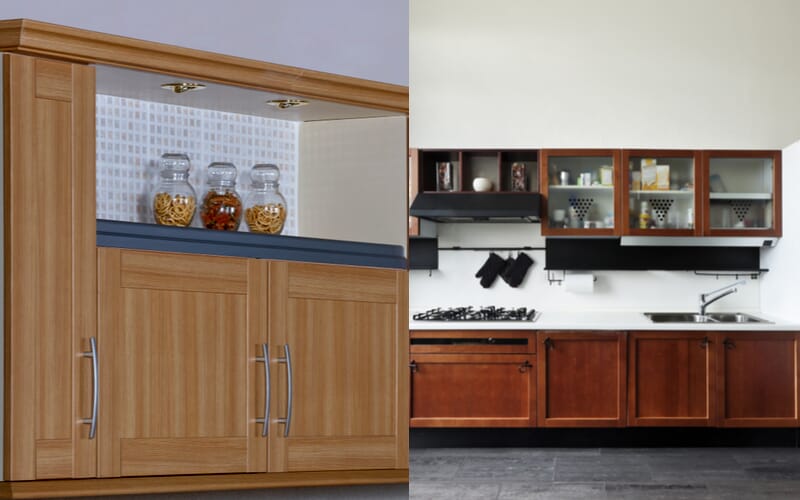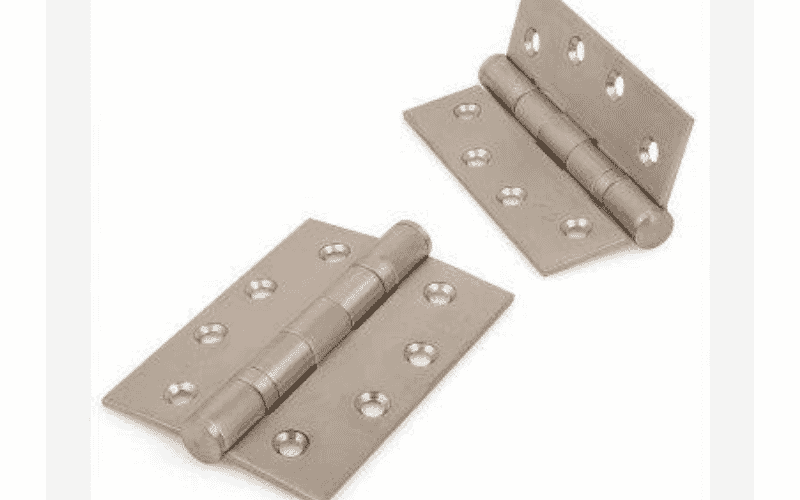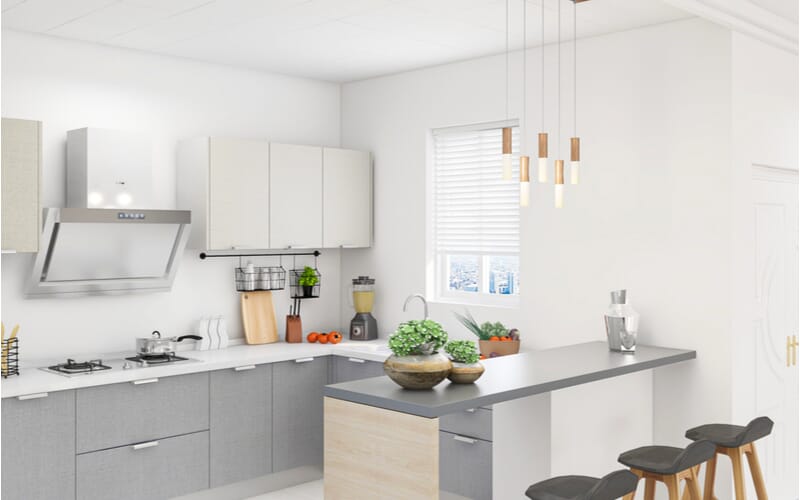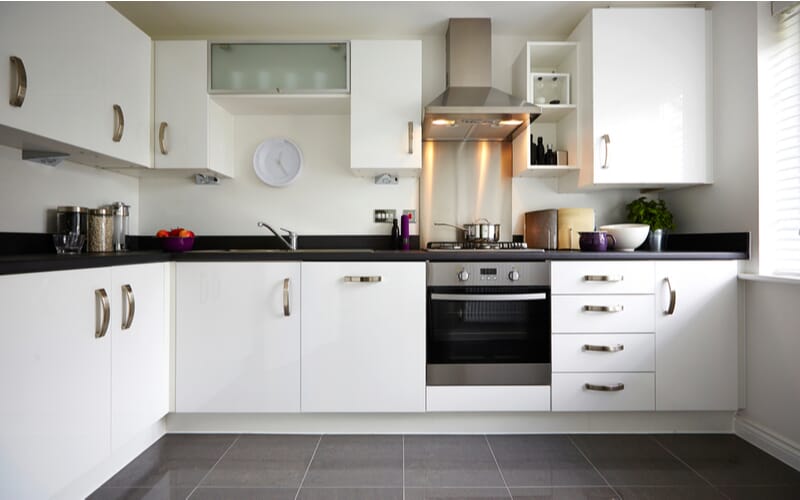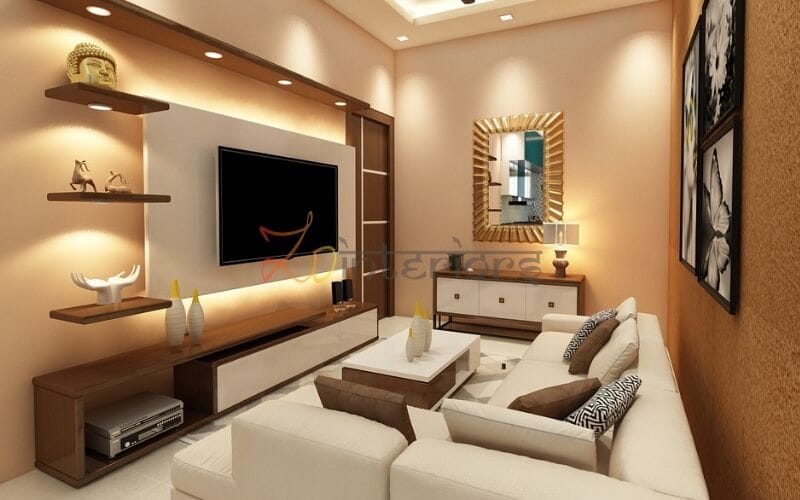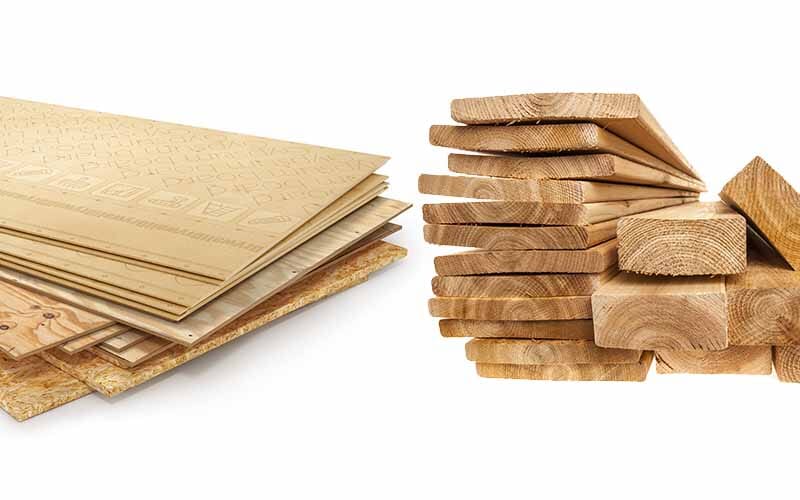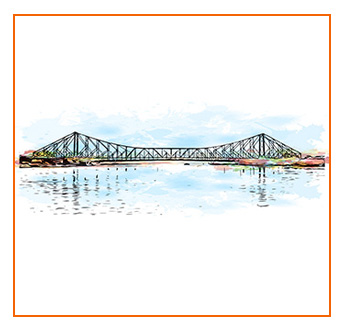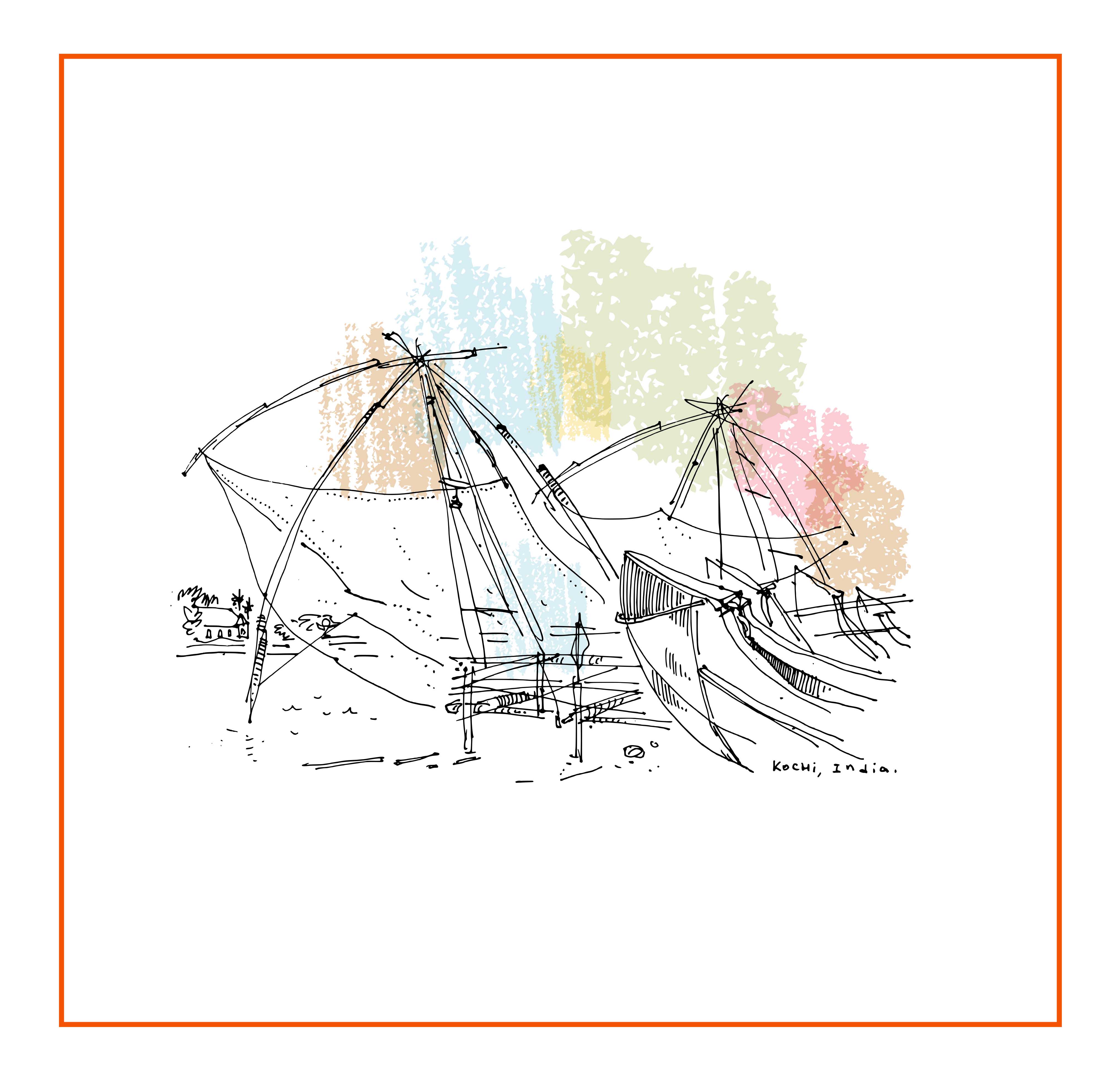Best Chimney Brands in India
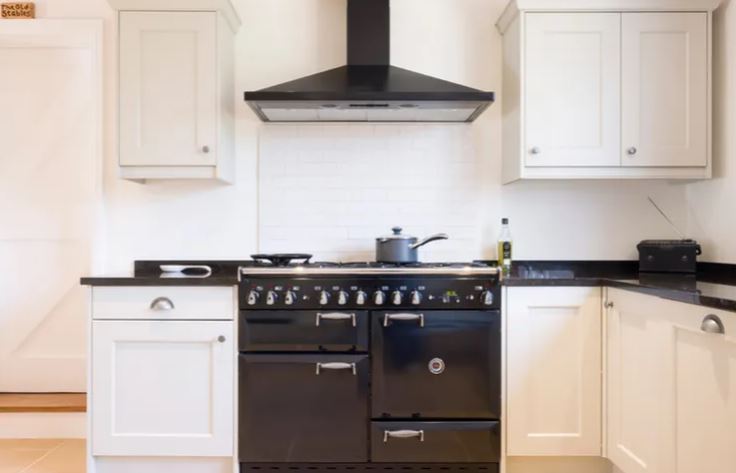
Table of Contents
Plywood Vs. Solid Wood
Are you trying to decide between plywood and solid wood based on its strength? Here’s everything that can help you make the best decision.
Which one is stronger? Solid wood or plywood? The former is a natural product while the latter is an “engineered” (man-made) product. One cannot deny the fact that products of nature are rich in goodness and strength compared to man-made ones. However, man-made products, too, have many upsides and carry several merits with them; and that’s the reason they have been widely accepted as a viable alternative to solid timber. This being said, it is quite certain that solid wood is strong but plywood is even stronger. It’s all about plywood processing and production methodology.
What makes plywood stronger than solid wood?
As stated above, it’s their processing technique and production methodology. Plywood is produced by layering several thin sheets of wood veneers on each other and gluing them together with an adhesive. Each layer is alternated at 90 degrees, just like how cloth is woven, with the grains running in opposite directions. This means that if one set of grains breaks due to stress or overload, the other set running in the perpendicular direction will resist and hold the wood from breaking, thus increasing its strength. On the other hand, solid wood has its grains running in the same direction, which makes the wood comparatively weaker.
What are the other aspects that affect plywood strength?
The strength of the plywood can also be determined by the type of wood used in it’s making i.e. softwood or hardwood. Hardwood like teak wood, maple wood or Gurjan wood has higher strength compared to softwood like pine wood or mango wood. As hardwood is strong, it is used for making high-quality furniture pieces like chairs, tables, beds, etc. and can also be used for flooring. On the other hand, softwood is used for ceilings, feature walls, puja room units, windows, doors and also for decking and decorating purposes as it is comparatively lighter and less dense (exceptions do exist).
Another strength determining factor for the plywood is its thickness. Yes, the thickness and strength of the plywood are directly related. The thicker the sheet is, the higher the strength will be. Thickness is also closely related to the number of layers in the plywood which means plywood strength increases when the number of layers increases.
The strength of a plywood panel also depends on its capacity to hold a nail or screw. Plywood with good nail and screw holding strength can hold these fasteners well and doesn’t split and fall apart when nailed or screwed. Such plywood can be used for furniture work, frame structures that require plywood nailed to it and almost any other work which involves nail and screw usage.
As plywood is layered with adhesive, the bounding agent blocks the pores and stops humidity in the air from damaging the plywood. Therefore, it is less susceptible to moisture and water damage and also shows good resistance to cracking, twisting, bending, warping and shrinking. Thus, the moisture content is also one of the most crucial aspects that affect the strength of the plywood. However, the resistance which the plywood shows can be increased or decreased by changing the adhesive. The stronger the adhesive is, the higher the resistance. This difference of the adhesive has led to the manufacture of various grades of plywood that are suitable for various applications.
Which plywood is best for home furnishing?
Plywood is an extremely versatile product and has become ubiquitous in homes; it can be on your floors, furniture, cabinets, shelves, ceiling, door and window panels, walls or elsewhere either in exposed or enclosed form. Yes, more often than not, plywood works well for almost all types of jobs; just the GRADE and TYPE makes a big difference.
Moisture Resistant (MR) Grade Plywood
MR plywood shows good resistance to moisture; and not to water. So, this type of plywood is good not for making furniture that is prone to long term water exposure. It is ideal for making shelves, bookcases, wall-mounted cabinets, file cabinets, coffee tables, doors, chairs, tables, custom-built dressers, wardrobes, built-in media centres, console tables, and all that serve you inside your home without getting exposed to water.
Boiling Water Proof (BWP) Grade Plywood
BWP plywood can withstand prolonged exposure to water and moisture. Therefore, this kind of plywood is used for making furniture where water contact is expected. For example, kitchen and bathroom witness significant usage of water; so, this type of plywood works well for the whole kitchen, its cabinets, utility, under-basin-storage and even its rooftops; and also for bathroom wall units and storage units.
Boiling water resistant (BWR) Plywood
It is waterproof (exterior grade) and also weatherproof which makes it ideal for exterior applications rather than interior use. Since it is exterior grade, it is best suited for semi-outdoor and outdoor applications like: for making furniture such as lawn chairs, garden tables, outdoor swings, etc., and also for making furniture that will be placed on your terrace, balcony or any other place which is exposed to advert climate condition.
Marine grade Plywood
Marine-grade plywood is the most water-resistant type of plywood and hence performs well in areas that have frequent and prolonged exposure to water. For example, it can be used for furnishing the damp and moisture-laden areas in the home like your bathroom.
Flexible plywood
This type of plywood is highly flexible and has good shear strength which allows it to be easily rolled or bent into any shape without breaking into pieces. It can make for great furniture pieces, especially the ones that need curved surfaces and demand a high degree of flexibility. It can also give shape to your new design concepts and allows for easy customization of furniture.
The plywood which is in its strongest form is used for staircase building and flooring.
What are the quality checks for the strength of the plywood?
Check for ISI marks:
Look for the mark IS:303 on MR grade plywood (commercial) and IS:710 on Marine grade plywood. This mark certifies that the plywood meets the quality standards prescribed and conforms to Indian standard developed by the Bureau of Indian Standards (BIS).
Check plywood from Outside:
Measure all the four edges of the plywood and make sure it has no thickness variation. And also check the surface and make sure it is smooth and even, without any ups and downs. If its thickness varies or the surface is uneven, there are high chances for plywood being low in strength.
What is solid wood used for?
Solid wood is considered suitable for applications that require longer pieces or lengthy panels of wood such as for your front doors, wardrobe doors, dining table, lengthy bookshelves, benches, etc. Plywood is not the go for option in such cases because plywood panels become weak and tend to sag or bend in the middle when chosen to be long. In order to overcome this disadvantage, solid wood is preferred over plywood in such cases. Similar to plywood, the strength of the solid wood is also determined by the type of wood from which it is lumbered, i.e. hardwood or softwood.
Over to you
So, which type of wood will work best for your project? Selecting one wood over the other is completely application dependent. If you are still confused or nowhere close to finding the perfect wood for your project, consult an interior designer.

